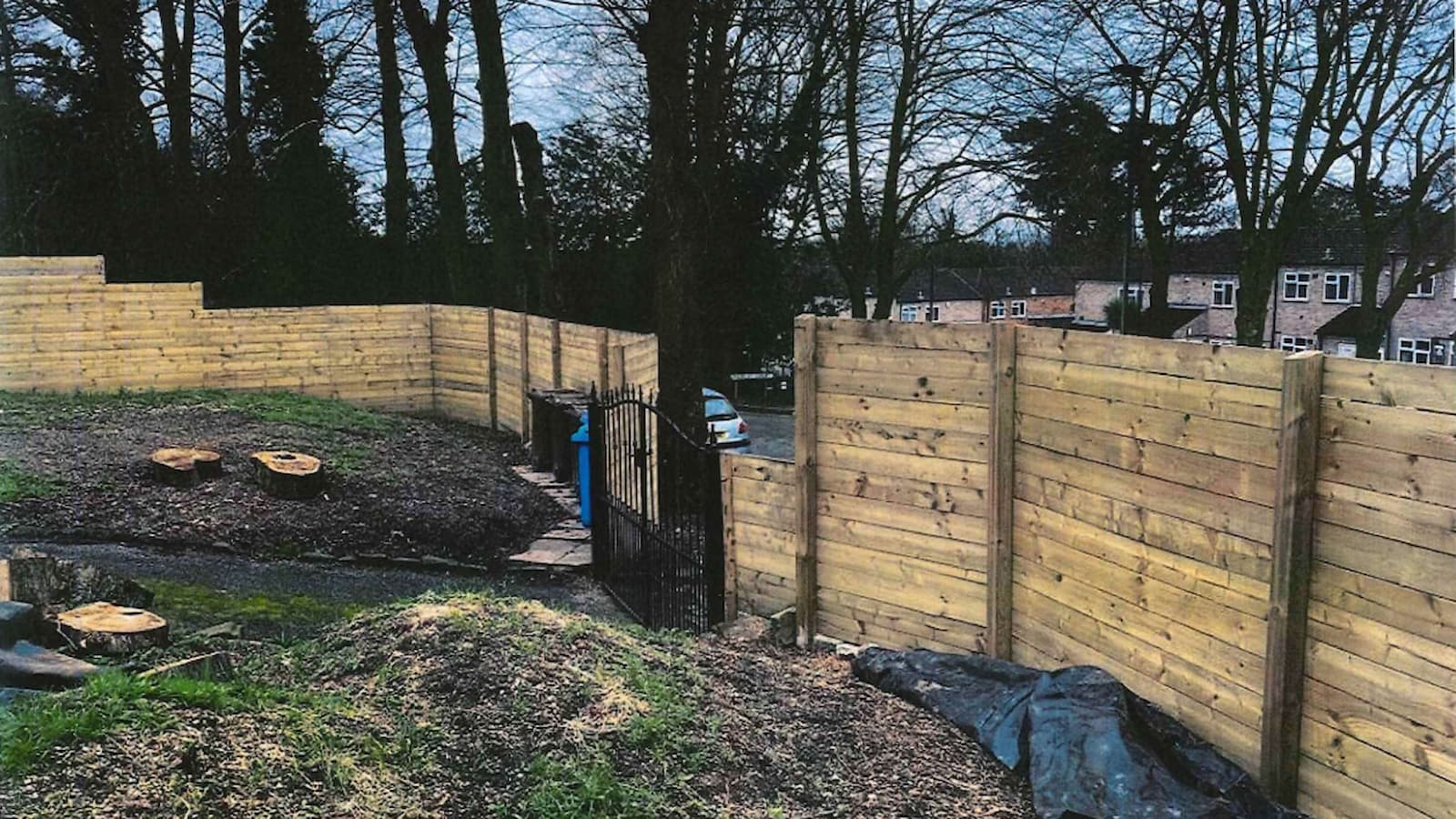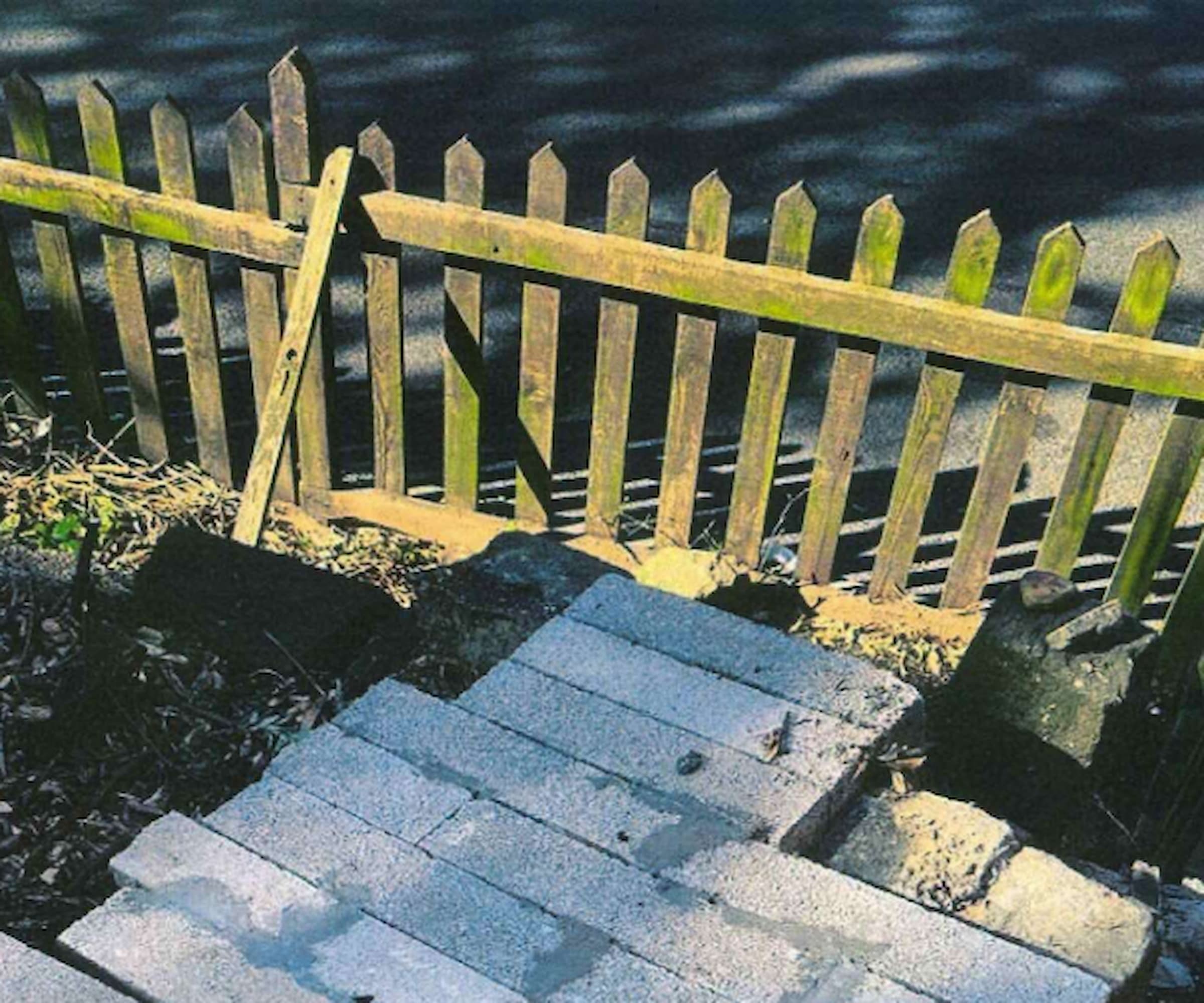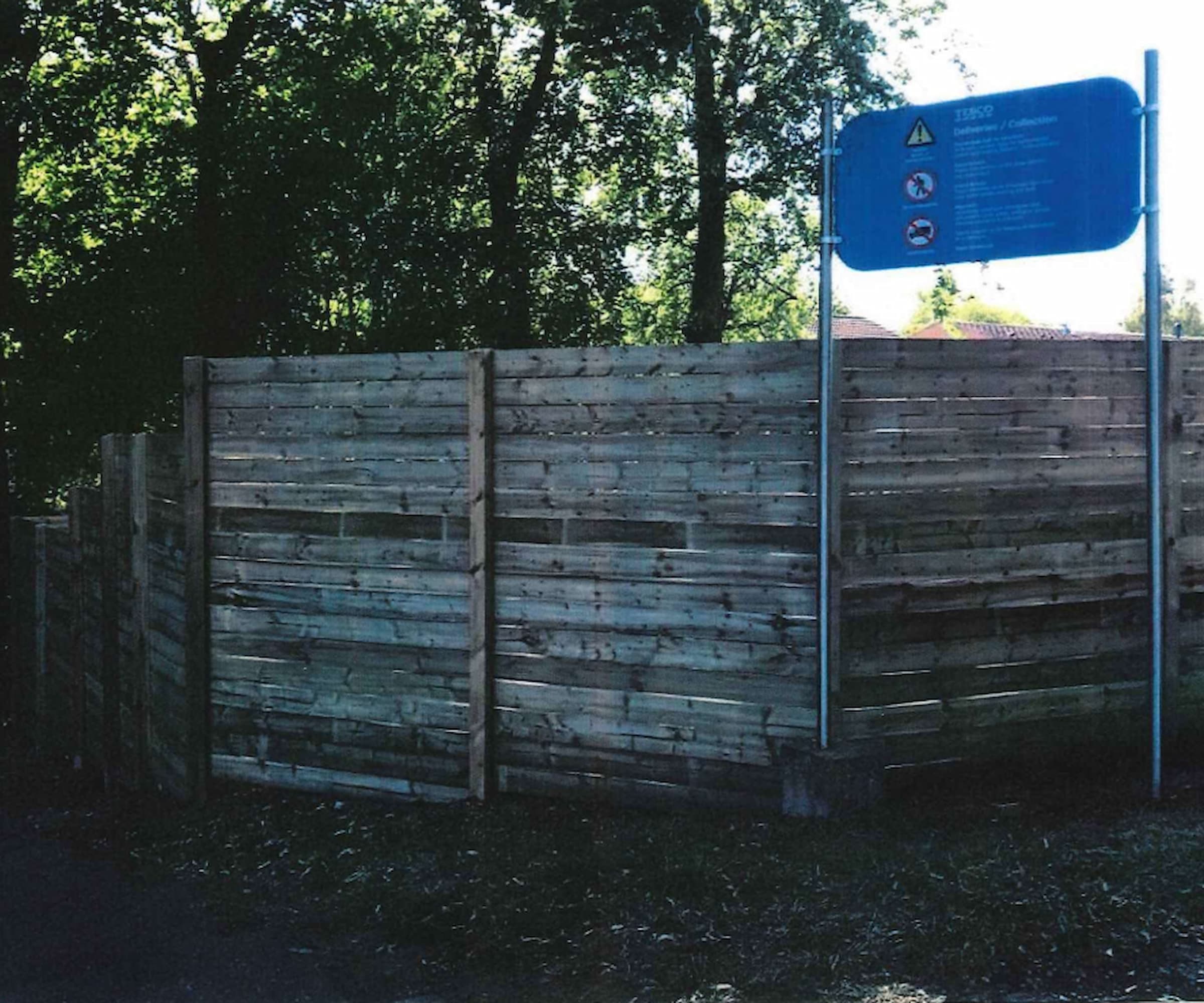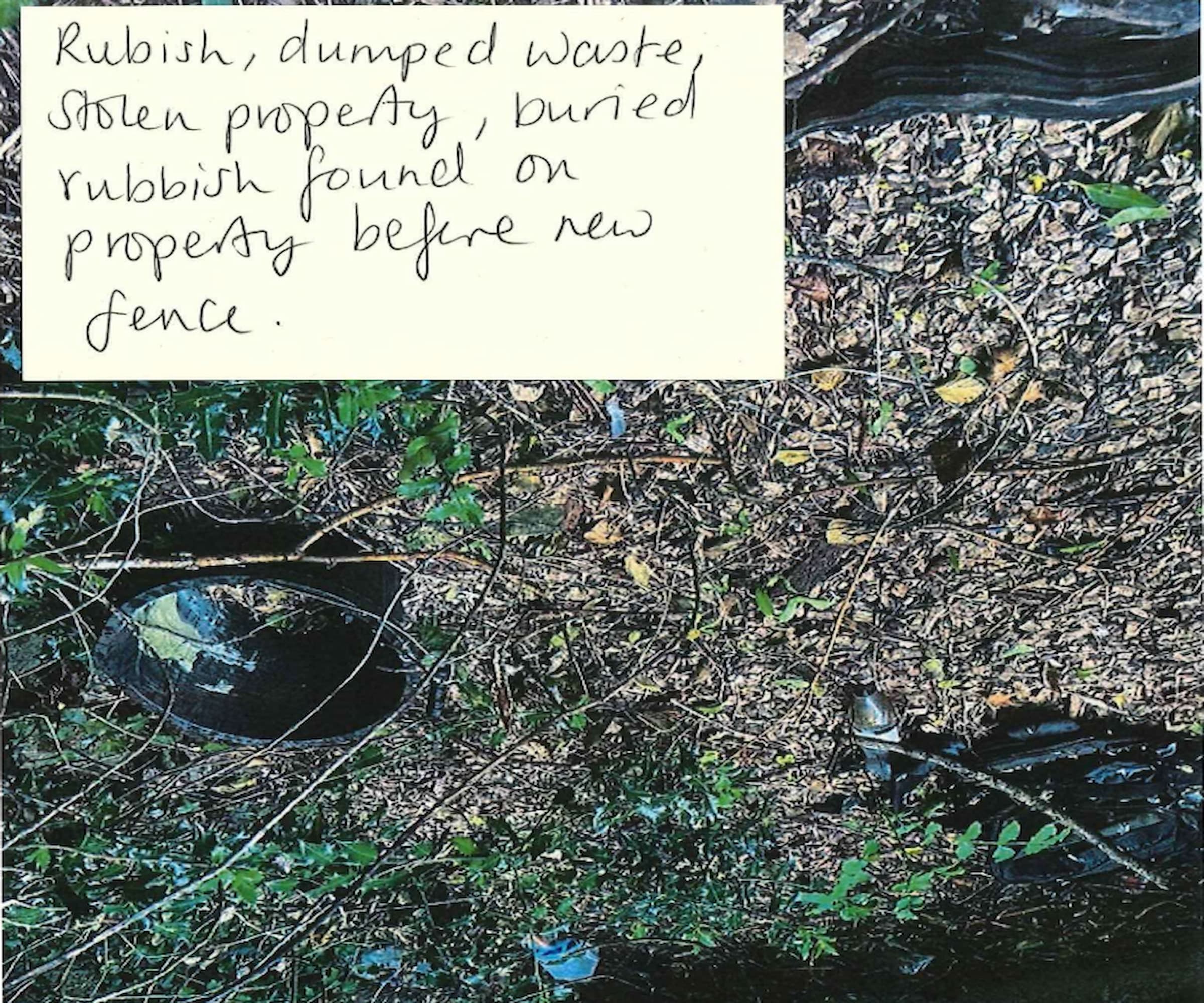Homeowner has planning permission rejected for new garden fence
A fence that was installed outside a historic cottage has had retrospective planning permission rejected after the council said it was too high

The owners of a historic cottage have been told to lower a new wooden fence they installed as it was deemed too high.
The fence was intended to provide the homeowners, Matthew and Rebecca Hubbard, with much-needed privacy from an adjacent Tesco supermarket and its bustling delivery area near the cottage in Mickleover, Derby. They claimed would fly tip rubbish into their garden.
However, Derby City Council argues that the "excessively tall and bulky" structure undermines the aesthetic integrity of the historic property and the surrounding area and refused their retrospective planning permission application.
How high was the fence and what did it replace?
A large, horizontal, wooden fence was installed outside Fennel Cottage on Limes Avenue, replacing a picket fence around the boundary that previously stood at the property.
The previous picket fence was around 3ft high - significantly shorter than the new fence. The fence was replaced in November 2022, but no planning permission was gained for the work meaning the couple had to seek retrospective planning instead. This was later refused as the new fence was deemed to high.

Why was planning permission needed for the fence?
Planning permission for fences is required when fences are over a certain height. Fences to the front of properties, especially where there is a road are subject to lower height restrictions.
The fence that replaced the small picket fence was said to be over two metres tall and as such, was over the required height to fall under permitted development.
Get the Homebuilding & Renovating Newsletter
Bring your dream home to life with expert advice, how to guides and design inspiration. Sign up for our newsletter and get two free tickets to a Homebuilding & Renovating Show near you.
The cottage was also Grade II listed, meaning listed building consent was also required.

Council say fence is 'excessively tall and bulky'
Derby City Council refused planning permission for the fence stating the it is the "most harsh and incongruous feature" on the street.
They stated the horizontal panel solid fencing is "excessively tall and bulky in its design with the result that the fencing is overly dominant in the street scene".
They added: "The harmful visual effect of the solid fencing along the Limes Avenue boundary is particularly prominent and acute."
Owners claim fence gives them privacy and security

The couple appealed the decision claiming the fence provides them privacy and security.
They stated in their appeal: “The highest part of the fence is on the boundary of the path of Tesco. Many people have said how much safer they feel since the fence has been put up. There is now a clear and light pathway because we have reinstated the fence tidily, and we have removed all the trees that were dangerous and overhanging.
“Unfortunately, at times, there can be two or three (delivery) lorries for Tesco waiting to unload and are parked at the boundary of our fence looking right into the garden. If we move the fence or lower it, they will have more of a sight into our garden."
The council dismissed the appeal but did say "some form of boundary fence may be acceptable at the property" but they advised "reducing the height of the garden boundary fence to no more than 2m in height" and using "softening the appearance of the fence" with a "more open trellis design".
The fence has not been ordered to be removed.

News Editor Joseph has previously written for Today’s Media and Chambers & Partners, focusing on news for conveyancers and industry professionals. Joseph has just started his own self build project, building his own home on his family’s farm with planning permission for a timber frame, three-bedroom house in a one-acre field. The foundation work has already begun and he hopes to have the home built in the next year. Prior to this he renovated his family's home as well as doing several DIY projects, including installing a shower, building sheds, and livestock fences and shelters for the farm’s animals. Outside of homebuilding, Joseph loves rugby and has written for Rugby World, the world’s largest rugby magazine.
